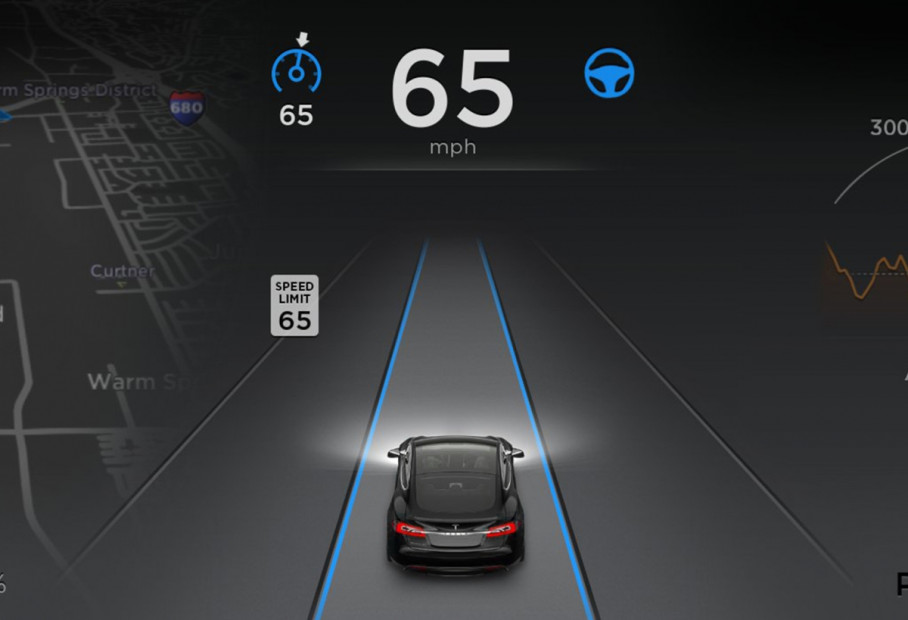The Bigger Picture on Autopilot Safety: Dispelling Misconceptions
In recent discussions surrounding Tesla's Autopilot safety systems, a recent Washington Post article has drawn attention for its misrepresentation of facts and lack of crucial context. As a leading advocate for automotive safety, Tesla feels compelled to address these inaccuracies and provide a clearer understanding of the situation.
The Importance of Context
Safety Metrics: The data unequivocally demonstrates that...
The Bigger Picture on Autopilot Safety: Dispelling Misconceptions
In recent discussions surrounding Tesla's Autopilot safety systems, a recent Washington Post article has drawn attention for its misrepresentation of facts and lack of crucial context. As a leading advocate for automotive safety, Tesla feels compelled to address these inaccuracies and provide a clearer understanding of the situation.
The Importance of Context
- Safety Metrics: The data unequivocally demonstrates that Autopilot significantly enhances safety on the roads. When Autopilot is engaged, the incidence of crashes is remarkably lower compared to situations where it is not utilized. For example, in the fourth quarter of 2022, Tesla recorded one crash for every 4.85 million miles driven with Autopilot, contrasting sharply with one crash for every 1.40 million miles without Autopilot. This data underscores the pivotal role of automation technology in mitigating risks and safeguarding lives.
- Autopilot Features: It's imperative to understand that Autopilot features, including Traffic-Aware Cruise Control and Autosteer, are classified as SAE Level 2 driver-assist systems. This means that while the system provides assistance to the driver, the ultimate responsibility for vehicle control lies with the driver. Tesla has implemented numerous safety measures to ensure drivers remain actively engaged and attentive while using Autopilot features.
Dispelling Misconceptions
- Driver Misuse vs. System Failure: The Washington Post article erroneously attributes instances of driver misuse to deficiencies in the Autopilot system itself. However, the pending lawsuit referenced in the article primarily addresses driver negligence and inattention, rather than inherent flaws in Autopilot's design or functionality.
- Driver Accountability: Contrary to the article's implications, the Tesla driver involved in the mentioned lawsuit took full responsibility for his actions. He acknowledged his role in the incident and did not absolve Tesla of any culpability. This underscores the importance of driver awareness and accountability when utilizing driver-assist technologies.
- Autopilot Limitations: Tesla's Autopilot system is not a fully autonomous driving solution. Drivers are explicitly informed of their responsibility to remain in control of the vehicle at all times, even when Autopilot features are engaged. The system is designed to augment driver capabilities, not replace them entirely.
Moving Forward
As pioneers in automotive innovation, Tesla remains committed to advancing safety technologies and collaborating with regulatory bodies to enhance road safety. The company firmly believes in the ethical imperative of making these life-saving systems accessible to a broader spectrum of consumers.
In conclusion, while challenges and misconceptions may arise, it is crucial to evaluate Autopilot safety within the broader context of its efficacy and the shared responsibility between drivers and technology. By fostering a nuanced understanding of these complexities, we can collectively strive towards a future with fewer accidents and fatalities on our roadways.
For more information about Tesla's Autopilot safety features and used Tesla models available in Dubai, visit Auto Trader UAE.
Read More

